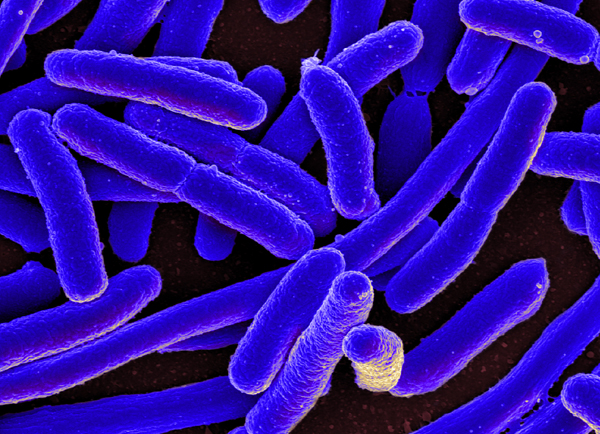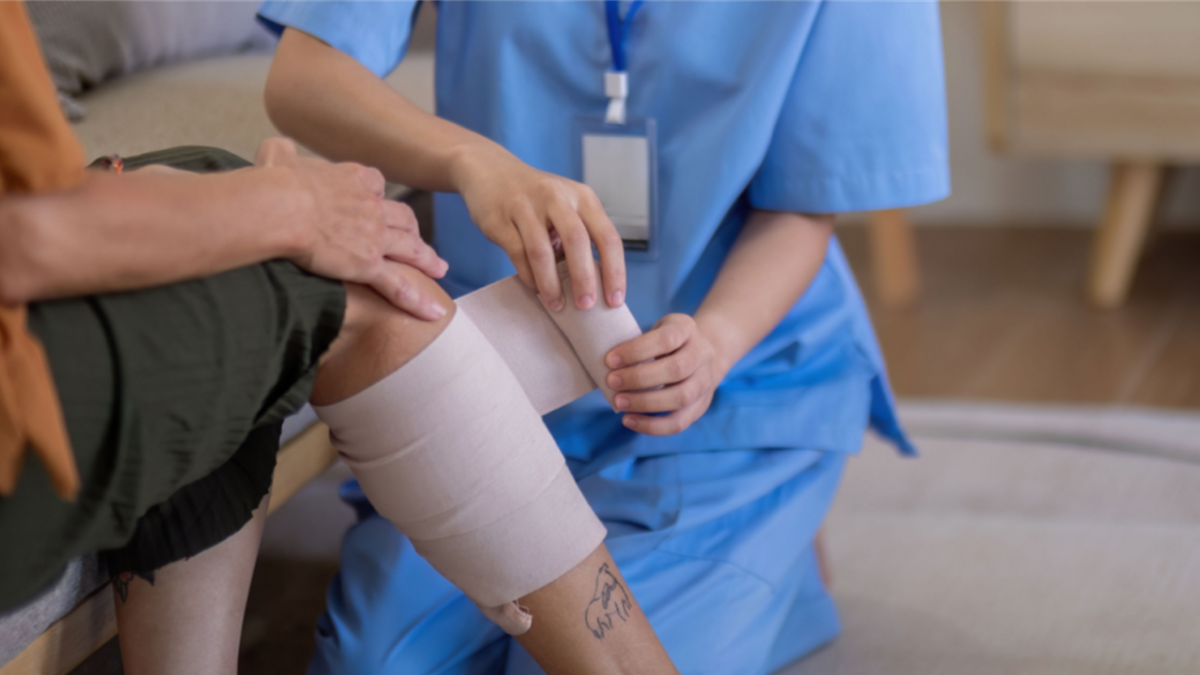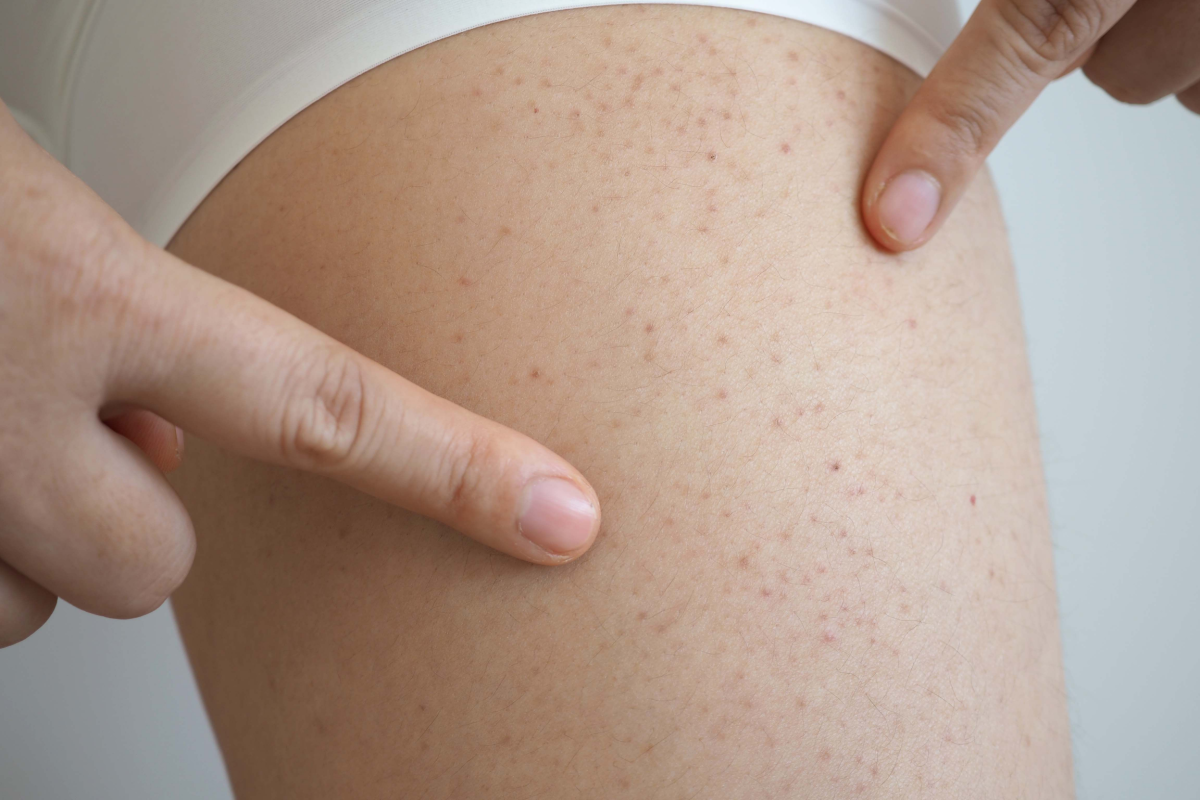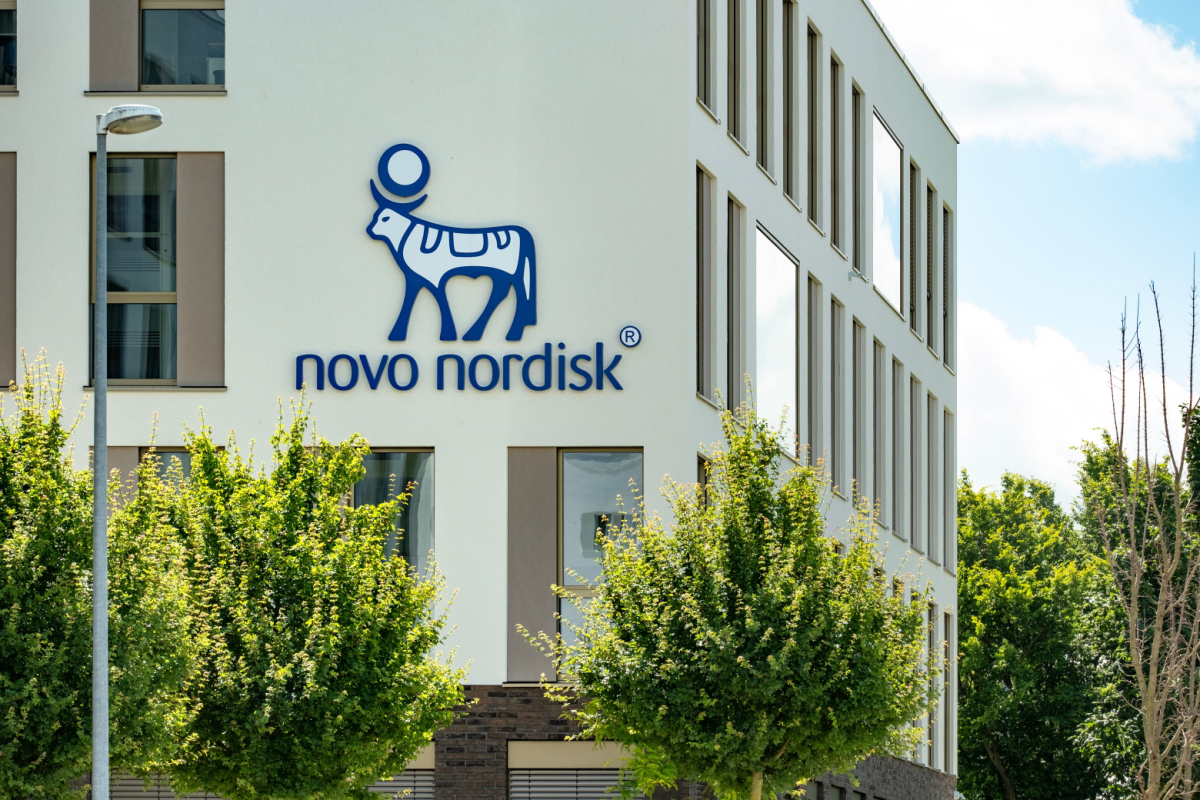While food manufacturers perform microbiological testing on their products to ensure they are safe to eat, foodborne pathogens are commonly identified only when individuals become ill. Earlier detection using nanoflower-based biosensors could help prevent cases of foodborne illness, as well as reduce costs associated with food recalls.
Since even small numbers of pathogenic bacteria can cause illness, it’s important to be able to detect them at low levels. Unfortunately, most currently-available biosensors are unable to detect the minute chemical signals released by pathogenic microorganisms.
Researchers at Washington State University think they’ve solved this problem by developing a nanoflower biosensor that can amplify signals from the food pathogen, Escherichia coli O157:H7. Their research was published in the journal, Small.
The biosensor uses a flower-shaped nanoparticle composed of both inorganic and organic compounds. The biosensor is capable of retaining a high level of enzyme activity to detect antigens produced by the diarrhea-causing Escherichia coli O157:H7.
The arrangement of the nanoparticles into a flower shape was no accident; the molecules are arranged like petals on a flower to allow for immobilization of the enzymes used to detect foodborne pathogens at very low levels. By amplifying the chemical signals emitted by the E. coli strain using the nanoparticle biosensor, the researchers found that the bacteria could be detected using a standard pH meter or pH strips.
“We want to take these nanoflowers and create a simple-to-use, handheld device that anyone can use anywhere,” said Yuehe Lin, a professor in WSU’s School of Mechanical and Materials Engineering. “It’ll be as simple as using a pregnancy test strip or a glucose meter.”
In light of their promising results, the researchers have filed a patent for the technology and are planning to develop biosensors capable of detecting other dangerous food pathogens, including Salmonella.
There are 31 known foodborne pathogens which contribute to the 48 million cases of foodborne illness in the US every year. Just eight of these pathogens are responsible for the majority of the 3,000 foodborne illness-related deaths that occur in the US each year.












Join or login to leave a comment
JOIN LOGIN